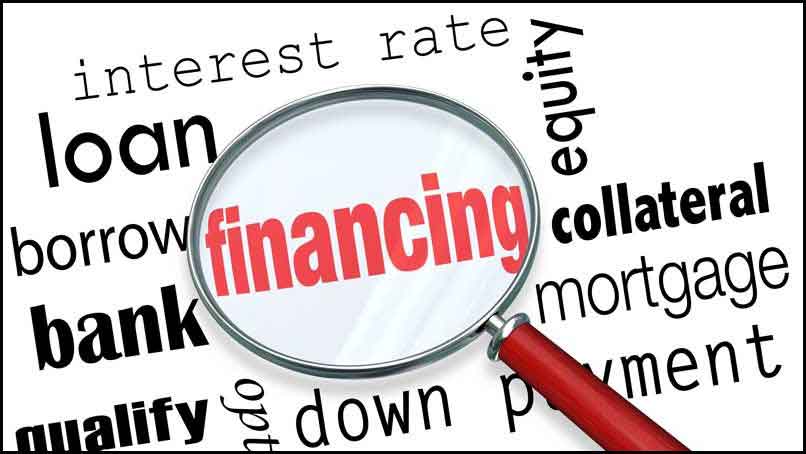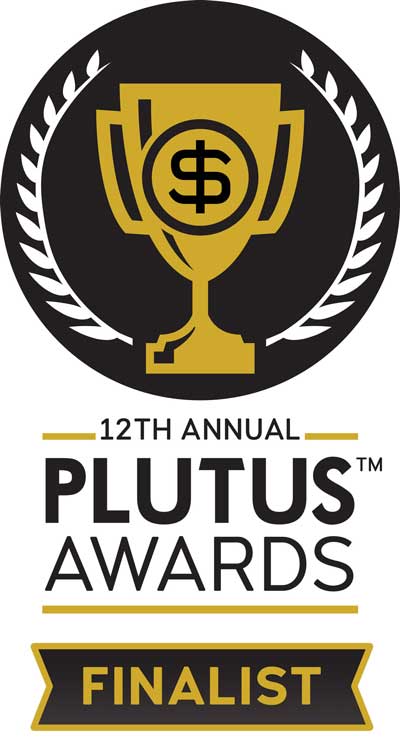By Nate Matherson, Co-founder of personal finance site LendEDU, and a recent college graduate from the University of Delaware’s Class of 2016. As a student debtor himself, Nate is an expert in all things related to paying for college and student loan debt.
Paying for college has become unaffordable for most families, so borrowing has become a necessity. And, it’s not just students taking out loans either – many parents borrow to help their kids afford to get a good education.
If your children need your financial support to help fund their academic careers, you actually may have a few options available to you for borrowing — depending on your situation.
Read More: 3 Options We Are Considering To Pay For College And Retirement
These options could include a home equity loan or line of credit or a Parent PLUS loan. There are different pros and cons to borrowing against your home equity versus taking out a PLUS loan, so let’s take a close look at both options so you can see what’s right for you.
What is a Home Equity Loan or Line of Credit vs. a Parent PLUS Loan?

Parent PLUS loans are available through the Department of Education. They’re unsecured loans parents can take out only to fund the cost of higher education. Home equity loans or lines of credit, on the other hand, are secured loans any homeowner can obtain from a bank, credit union, or online lender – and the money can be used for anything you’d like.
Home equity loans and home equity lines of credit (HELOC) allow you to tap into the equity in your home and get cash out. With a home equity loan, you borrow a fixed amount of money to be repaid on a set schedule. With a HELOC, you get access to a line of credit and can borrow as much or as little as you’d like until you hit your credit limit. As you pay back your HELOC, you can draw from it again to borrow more.
Read More: Cash Out REFI or HELOC
You can use funds from either a home equity loan or HELOC to pay for tuition, fees, and other expenses your children incur while going to school, making these loans a viable alternative to PLUS Loans.
Qualifying for a Home Equity Loan vs. a Parent PLUS Loan

Not all parents have the option to choose between a home equity loan or line of credit and a Parent PLUS Loan.
Parent PLUS loans are only available to parents with dependent undergraduate students. This includes biological and adoptive parents as well as stepparents while married to the child’s biological parent. Parents can qualify regardless of their debt-to-income ratio, but credit does matter.
Parents cannot have an adverse credit history to obtain PLUS Loans, which means they can’t have a current delinquency of more than 90 days on $2,085 or more in debt; can’t have had more than $2,085 in debt charged off or put into collections within the past two years; and can’t have major adverse events within the last five years such as a default, foreclosure, tax liens, wage garnishment, repossession, or bankruptcy discharge.
Read More: How We Can Use Real Estate To Pay For College
Qualifying for a home equity loan or line of credit, on the other hand, can be more difficult. Parents will need equity in their homes, for one thing. While lender requirements vary, typically you cannot owe more than 85% of what your home is worth across all mortgages – including your primary mortgage and your home equity loan or line of credit. Many lenders require at least fair credit and will consider the amount of debt you have relative to income before approving you for a loan against your home equity.
Because there are more stringent requirements for qualifying for a home equity loan or HELOC, some parents simply won’t have this as an option to them when borrowing through the PLUS Loan program would be possible.
Home Equity Loan Terms vs. Parent PLUS Loans

If you can qualify for both a PLUS Loan or a home equity loan or HELOC, you’ll want to compare rates, fees, and other loan terms to determine which type of loan is most affordable for you.
For loans disbursed after July 2018 and before July 2019, the current interest rate on Parent PLUS Loans is 7.6%. There is also a loan fee charged on Parent PLUS loans. For loans first disbursed between October 1, 2018 and October 1, 2019, for example, the loan fee is 4.284%. This can be quite expensive, and it means paying a significant amount in fees when you first obtain your parent PLUS loans.
By contrast, it can be much more affordable to take out a home equity loan or establish a Home Equity Line of Credit. HELOCs often charge little or nothing to establish, although some loans charge a low annual fee to access funds. And, while some lenders offering home equity loans charge origination fees, many don’t. You may, however, have to pay a few hundred dollars for an appraisal to determine what your home is worth and how much equity you have available to borrow against.
Both home equity loans and home equity lines of credit also typically charge lower rates than Parent PLUS Loans for qualified borrowers. In fact, many borrowers could qualify for home equity loans at 5% or less and for home equity lines of credit at around 6%.
Which type of loan is right for you?

If you have reasonable credit and enough equity in your home, a home equity loan or line of credit could be a more affordable way to borrow. However, you do put your home at risk if you cannot make payments on the loan.
Read More: Five Strategies We Have Used To Achieve FIRE – And What Has Changed
If you don’t want to put your home on the line, don’t have equity on your home, or can’t qualify to borrow against equity because of your debt level or credit score, then a PLUS Loan could be a better solution to get the funds your child needs. Another alternative to consider would be to use a private student loan. Private student loans are offered by traditional banks and online lenders to the student directly, but in the vast majority of cases the parent will be required to cosign on the loan. As of June 2019, private student loan rates range from 4.07% to 12.99%.
It’s important to always comparison shop among different lenders and explore all your options as borrowing for college can be expensive and you don’t want to incur more loan costs than necessary when helping out your kids.


 We are Scott and Caroline, 50-somethings who spent the first 20+ years of our adult lives in New York City, working traditional careers and raising 2 kids. We left full-time work in our mid-40’s for location-independent, part-time consulting projects and real estate investing, in order to create a more flexible and travel-centric lifestyle.
We are Scott and Caroline, 50-somethings who spent the first 20+ years of our adult lives in New York City, working traditional careers and raising 2 kids. We left full-time work in our mid-40’s for location-independent, part-time consulting projects and real estate investing, in order to create a more flexible and travel-centric lifestyle.  Financial independence and early retirement is not something we originally focused on, but over time realized it was possible. Our free report,
Financial independence and early retirement is not something we originally focused on, but over time realized it was possible. Our free report, 







